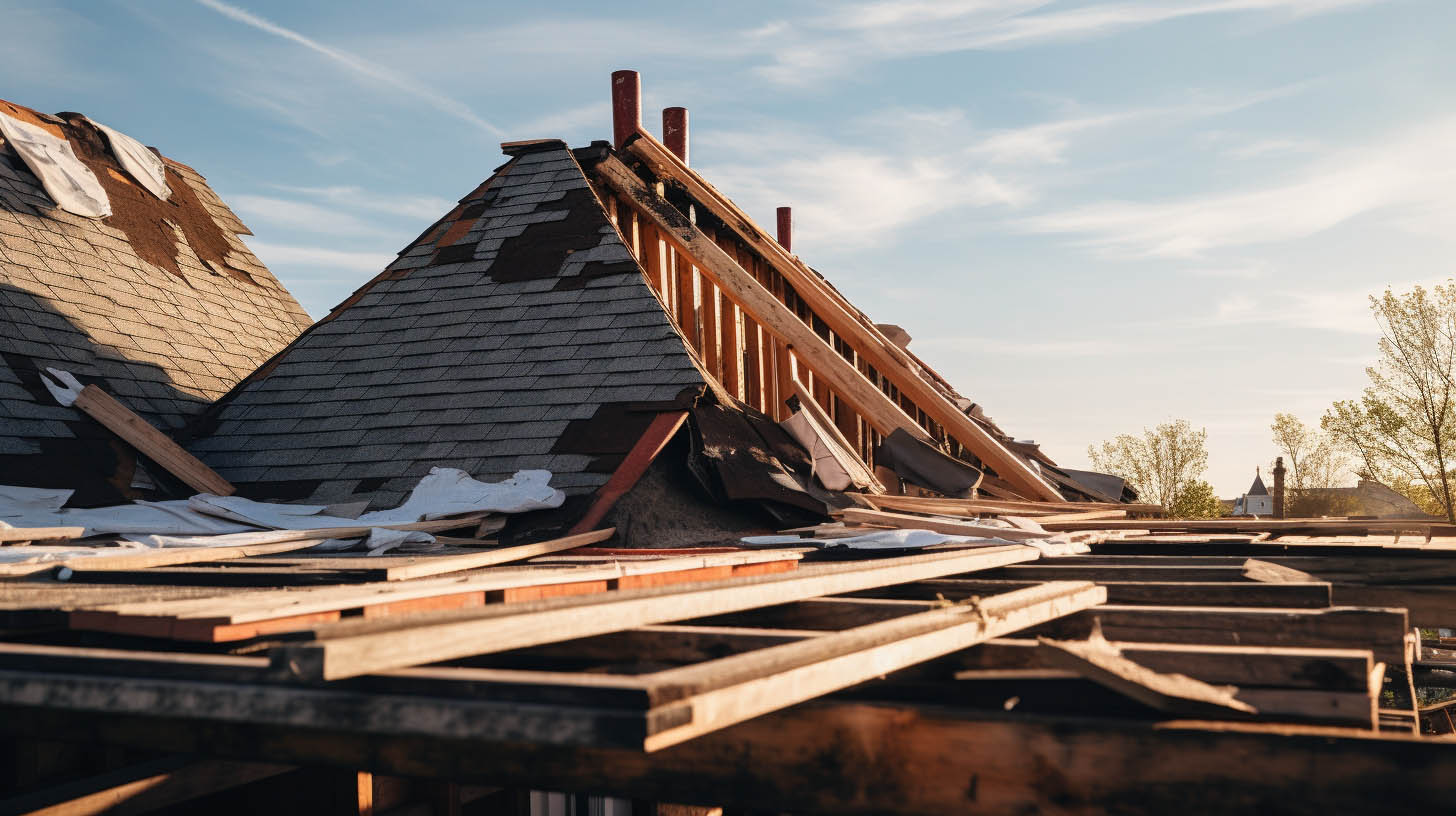
Navigating the Roof Replacement Journey: Timeframe Insights
Embarking on a roof replacement project often brings up queries about its duration. At MaxForce Roofing and Siding LLC in Columbus, OH, we specialize in streamlining this process. This guide aims to provide homeowners with a thorough understanding of the factors influencing the timeline of a roof replacement.
Evaluating Roof Access
The initial step in estimating the roof replacement timeline involves assessing roof access. Elements such as surrounding landscaping, fencing, and the proximity of paved surfaces to the roof can affect accessibility. The roof’s slope and height are also critical; steeper roofs necessitate additional safety measures and a slower pace, potentially extending the project’s length.
Material Selection and Its Impact
The type of roofing material chosen is a significant factor in determining the project’s duration. Here’s an overview of common materials and their installation timelines:
Asphalt Shingles: Favored for their cost-effectiveness and quick installation, asphalt shingles usually take between 1 to 3 days to install.
Wooden Shingles or Shakes: Providing a rustic charm, wooden roofing installations can range from 2 to 8 days.
Slate Roofing: Valued for its robustness, installing slate roofing can take about 6 to 7 days.
Ceramic or Clay Tiles: Known for their durability and unique appearance, these roofs may require 6 to 12 days for installation.
Metal Roofs: Offering longevity and energy efficiency, metal roofs typically have the longest installation period, ranging from 7 to 14 days.
The Role of Weather in Roof Replacement
Weather conditions are a critical factor in roof replacement. Optimal roofing conditions include moderate temperatures (preferably around 55 degrees), clear skies, minimal wind, and low humidity. Adverse weather conditions like extreme heat or cold, rain, or snow can delay the project and impact the installation quality.
Conclusion
In summary, the timeframe for a roof replacement is influenced by several key factors, including the ease of roof access, the choice of roofing material, and the prevailing weather conditions. Understanding these aspects helps homeowners set realistic timelines and prepare effectively for their roof replacement project.

